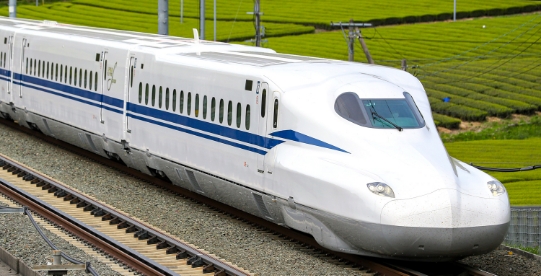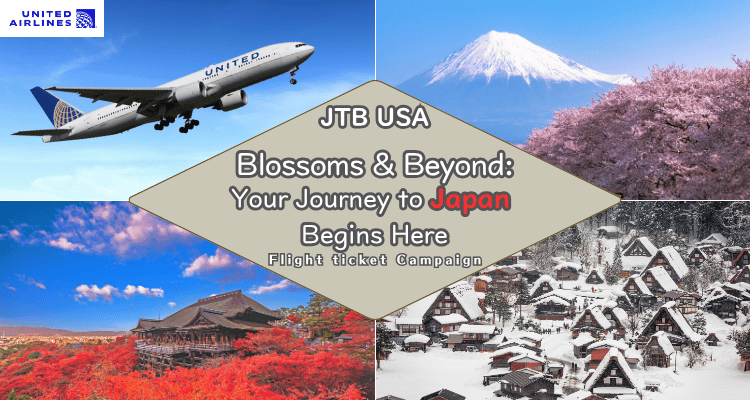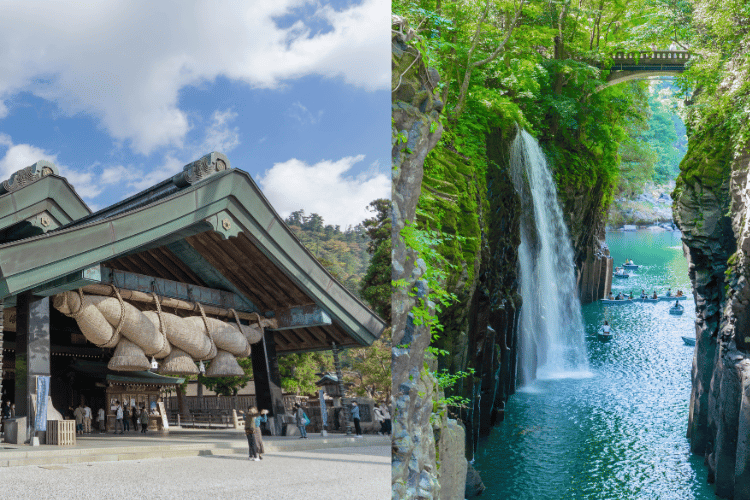A Shogun’s Retreat Turned Zen Sanctuary
Ginkakuji, officially known as Jisho-ji Temple, was built in 1482 by Shogun Ashikaga Yoshimasa as a retirement villa. Inspired by his grandfather’s creation of Kinkakuji, Yoshimasa envisioned a pavilion adorned in silver foil. However, the silver overlay was never completed, leaving the structure in its natural wooden state—a decision that, whether intentional or not, beautifully aligns with the Japanese philosophy of wabi-sabi, which finds beauty in imperfection and impermanence.
After Yoshimasa’s death in 1490, the villa was converted into a Zen temple, reflecting his posthumous Buddhist name. Today, Ginkakuji stands as a testament to the shogun’s artistic legacy and spiritual introspection.
A Garden of Stillness and Symbolism
Visitors to Ginkakuji are greeted by a moss garden that seems to whisper ancient secrets, and a dry sand garden featuring the iconic Kogetsudai—a cone-shaped mound of white sand believed to represent Mount Fuji or serve as a moon-viewing platform. These elements aren’t just decorative; they embody Zen principles and invite quiet reflection.
Unlike the opulence of Kinkakuji, Ginkakuji’s charm lies in its subtlety. The muted tones, the interplay of light and shadow, and the seasonal changes in the garden all contribute to a meditative experience. It’s a place where time slows down, and nature speaks softly.
Why Visit Ginkakuji?
Cultural Depth: Ginkakuji is a cornerstone of Higashiyama Culture, which influenced Japanese art, tea ceremony, and garden design.
- UNESCO Heritage: Recognized as a World Cultural Heritage Site since 1994.
- Photogenic Serenity: Every angle offers a new perspective—whether framed by maple leaves in autumn or reflected in the still pond waters.
- Even if you have just one day in Kyoto, Ginkakuji is a must-see. It’s not just a temple—it’s a journey into the heart of Japanese aesthetics.
Takeaway
What Makes Ginkakuji Special
- Subtle Beauty Over Flashiness: Unlike its golden counterpart, Ginkakuji embraces simplicity and natural elegance.
- Wabi-Sabi Philosophy: The temple reflects the Japanese aesthetic of finding beauty in imperfection and transience.
- Zen Garden Experience: The dry sand garden and moss-covered paths offer a peaceful, meditative atmosphere.
- Cultural Legacy: Ginkakuji is a symbol of Higashiyama Culture, which shaped Japanese art and lifestyle.
- Perfect for Thoughtful Travelers: Ideal for those seeking a deeper, quieter experience of Kyoto.
FAQ
Is Ginkakuji actually covered in silver?
No, despite its name, the pavilion was never coated in silver. Its natural wooden appearance is part of its charm.
How long does a visit to Ginkakuji take?
Most visitors spend about 45 minutes to 1 hour, including time to stroll through the gardens and take photos.
What’s the best season to visit?
Autumn (late October to November) offers stunning foliage, while spring brings fresh greenery. Winter snow also adds a magical touch.
Is Ginkakuji wheelchair accessible?
The main approach and entrance are accessible, but the garden paths include stairs and uneven terrain, which may be challenging.
How do I get to Ginkakuji from Kyoto Station?
Take bus number 5 or 17 from Kyoto Station to the Ginkakuji-michi stop. From there, it’s a short walk.











.png)

.jpg)









